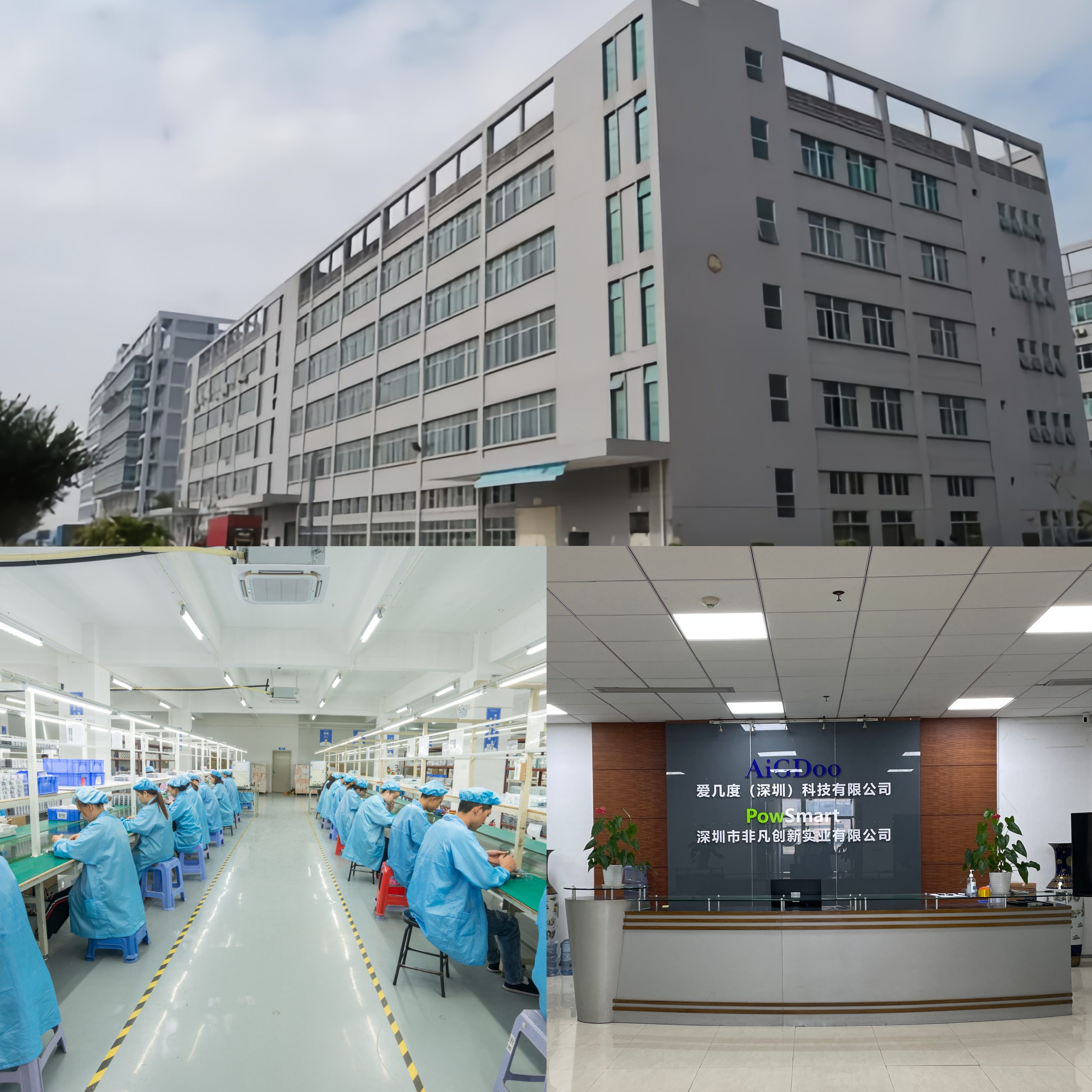When it comes to Optimizing Water Flosser Performance, one of the most critical factors determining cleaning effectiveness is PSI—pounds per square inch, the unit that measures water pressure. A water flosser’s PSI level directly affects how efficiently it removes debris, plaque, and bacteria from between teeth and along the gumline. Too low, and cleaning power is insufficient; too high, and it may cause discomfort or gum irritation. Finding the right balance through PSI optimization is both a science and an engineering challenge for manufacturers.
PSI optimization involves more than just adjusting water pressure. Engineers must consider water flow rate, pulse frequency, and nozzle design to achieve consistent and effective performance. Clinical studies show that optimal cleaning typically occurs within a range of 40–90 PSI. Within this range, the pressure is strong enough to remove food particles yet gentle enough to protect delicate gum tissue. Manufacturers achieving this balance can ensure both cleaning power and user comfort, two key metrics for consumer satisfaction.
Behind every high-performing water flosser lies advanced pump technology. The pump determines how water pressure is generated, maintained, and modulated. Modern DC motor-driven pumps offer smoother flow and more precise PSI control compared to older AC models. In premium designs, variable-frequency pumps are used to allow dynamic PSI adjustment, giving users the flexibility to switch between gentle and deep-clean modes. As technology evolves, improvements in micro-pump efficiency and noise reduction have become essential in OEM product differentiation.
For private label and ODM clients, OEM engineering plays a decisive role in optimizing PSI settings to match brand positioning. For example, a brand targeting sensitive teeth users may request a soft-pressure model (40–60 PSI), while a professional oral care brand may prefer stronger pressure (70–100 PSI). OEM engineers collaborate closely with pump suppliers, nozzle designers, and testing teams to calibrate performance across multiple settings. This ensures each brand delivers a unique and consistent user experience that aligns with its target market.
Once the engineering parameters are set, manufacturers conduct repeated pressure calibration tests. Each water flosser undergoes performance verification to ensure that the water flosser performance remains stable under continuous operation. Laboratory-grade testing equipment simulates daily use to verify PSI stability, motor endurance, and waterproof integrity. This strict testing process helps reduce after-sales issues and enhances the long-term reputation of the OEM brand.
The science of Optimizing Water Flosser Performance reflects the perfect blend of physics, pump technology, and OEM engineering expertise. For water flosser manufacturers, mastering these parameters is key to achieving top-tier water flosser performance. Whether you’re developing a new model or refining an existing one, focusing on pressure balance, system stability, and engineering precision will ensure your brand stands out in the global oral care market.https://www.powsmart.com/product/water-flosser/
Mode Failure Accelerates Enamel Cracks? Stop Using Now!
.jpg)
Gentle Oral Care Products for Sensitive Gums: A Guide for Brands Seeking the Right Manufacturer
Compatibility Confusion with Nozzle Replacement? What OEM Buyers Must Know
Does Reservoir mold in Water Flosser Tanks Block Spray Tips?
Electric Toothbrush with App Connectivity – Smart Oral Care for B2B Markets

Choosing Electric Toothbrush Handle Processes: An OEM Guide to Cost vs. Quality
.jpg)
Bluetooth-Enabled Electric Toothbrushes: Customization & Bulk Order Guide

How to Find High-quality Electric Toothbrush Factories for Cooperation?
.jpg)
The Role of UV Light in Water Treatment for Modern Oral Care Products

Can Travel Electric Toothbrush’s Waterproof Failure Cause Circuit Corrosion?
Quiet Sonic Toothbrush OEM | Whisper-Level Cleaning Technology

The Teeth Whitening Market Is Booming: How Can Brand Owners Connect with Reliable Teeth Whitening Device Factories?
.jpg)
Smart Electric Toothbrush Manufacturing: How to Choose the Best OEM Partner
.jpg)
Key Points for Customized Water Flosser Nozzle: Food-Grade Silicone vs. PP Material and Antibacterial Structure Design
.jpg)
Travel-Friendly Water Flosser: From Foldable Nozzles to Globally Voltage-Compatible Solutions
Electric Toothbrush for Plaque Removal – Professional Cleaning for Dental Businesses

Private Label Whitening Gel

Customization Teeth Whitening Gel

electric toothbrush heads Charcoal Infuse-Round

electric toothbrush heads Regular Clean

electric toothbrush heads Deep Clean

electric toothbrush heads Ultra Soft
.jpg)
Florida Electric Toothbrush – Powsmart PTR-C8

Electric toothbrush heads Charcoal Infused-Diamond
whstapp
whstapp
National Toll-Free Service Hotline
+86 755 86238638